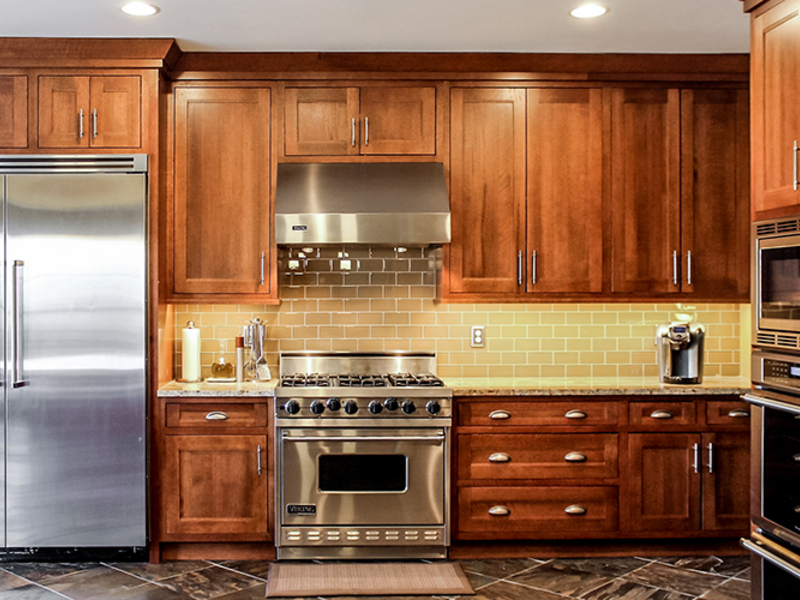If you've noticed that the bottom of your kitchen sink is constantly wet, it could be a sign of a leak. A leaky kitchen sink not only causes a mess but can also lead to water damage in your cabinets and floors. But don't worry, fixing a leaky kitchen sink is easier than you may think. The first step is to determine the source of the leak. Check the pipes under the sink for any cracks or loose connections. If you find a leak, you can try tightening the connections or using plumber's tape to seal any cracks. If the leak persists, it may be best to call a professional plumber. Another common cause of a leaky kitchen sink is a worn out or damaged seal around the sink's rim. To fix this, you can remove the old seal and replace it with a new one. Make sure to clean and dry the area thoroughly before applying the new seal to ensure a tight fit. Once you've fixed the leak, make sure to dry out the bottom of your kitchen sink completely to prevent any future moisture buildup. You can also use a waterproof sealant around the edges of the sink to further prevent leaks.1. How to Fix a Leaky Kitchen Sink
There are several reasons why the bottom of your kitchen sink may be constantly wet. One common cause is a leaky faucet. Over time, the seals and washers in the faucet can wear out, causing water to drip and collect at the bottom of the sink. Another common culprit is a clogged drain. When debris and food particles build up in your drain, it can cause water to back up and collect in the sink. Regularly cleaning and unclogging your drain can help prevent this issue. Additionally, if you have a garbage disposal, it may be malfunctioning and causing water to collect in the sink. Make sure to regularly check and maintain your garbage disposal to avoid any issues.2. Causes of a Wet Bottom in the Kitchen Sink
The best way to prevent a wet bottom in your kitchen sink is to address any potential issues before they become bigger problems. Regularly check for leaks and fix them as soon as possible. You can also prevent future leaks by regularly cleaning and maintaining your sink and its components. Another way to prevent a wet bottom in your kitchen sink is to be mindful of what you put down the drain. Avoid pouring grease, oils, and large food particles down the drain, as these can cause clogs and buildup over time. Using a sink strainer can also help prevent clogs and keep debris from entering your drain. Make sure to clean the strainer regularly to maintain its effectiveness.3. How to Prevent a Wet Bottom in the Kitchen Sink
Aside from a leaky kitchen sink, there are other common problems that can lead to a wet bottom. These include a broken or malfunctioning garbage disposal, a clogged drain, and a damaged sink rim seal. To solve these issues, you can try fixing them yourself or call a professional plumber for assistance. Regularly maintaining and cleaning your kitchen sink can also help prevent these problems from occurring in the first place.4. Common Kitchen Sink Problems and Solutions
If you've already fixed the source of the moisture, the next step is to dry out the bottom of your kitchen sink. Start by wiping down the sink with a clean towel or rag. Make sure to dry the edges and corners of the sink as well. You can also use a hairdryer on a low heat setting to help dry out any hard-to-reach areas. Just be careful not to damage any nearby fixtures or appliances with the heat. Once the sink is completely dry, you can use a waterproof sealant around the edges to further prevent any future moisture buildup.5. How to Dry Out a Wet Bottom in the Kitchen Sink
Aside from a constantly wet bottom, there are other signs that may indicate a leaky kitchen sink. These include water stains on the cabinet or floor under the sink, a musty smell, and a higher water bill than usual. If you notice any of these signs, it's important to address the issue as soon as possible to prevent further damage.6. Signs of a Leaky Kitchen Sink
If you've determined that the cause of the wet bottom in your kitchen sink is a leak, it's important to repair it as soon as possible to avoid further damage. As mentioned earlier, the first step is to identify the source of the leak and fix it accordingly. If you're not comfortable fixing it yourself, don't hesitate to call a professional plumber for assistance. They have the knowledge and tools to effectively repair any leaks in your kitchen sink.7. How to Repair a Wet Bottom in the Kitchen Sink
To keep the bottom of your kitchen sink dry, it's important to regularly clean and maintain your sink and its components. This includes cleaning the sink and faucet regularly, unclogging the drain when needed, and checking for any leaks or damages. Using a sink strainer can also help prevent clogs and debris buildup in your drain. Additionally, make sure to avoid pouring grease, oils, and large food particles down the drain.8. Tips for Keeping the Bottom of Your Kitchen Sink Dry
If the bottom of your kitchen sink is already wet, it's important to clean and dry it as soon as possible to prevent any further issues. Start by wiping down the sink with a clean towel or rag. You can also use a mild cleaning solution to disinfect the area. Once the sink is clean, use a hairdryer on a low heat setting to dry out any hard-to-reach areas. Make sure to also dry the edges and corners of the sink.9. How to Clean a Wet Bottom in the Kitchen Sink
In summary, the most common causes of a wet bottom in the kitchen sink include a leaky faucet, a clogged drain, a malfunctioning garbage disposal, and a damaged sink rim seal. Regularly maintaining and cleaning your sink can help prevent these issues and keep the bottom of your kitchen sink dry and clean. If you notice any signs of a leak or damage, it's important to address the issue as soon as possible to avoid further damage and costly repairs. With proper care and maintenance, your kitchen sink can stay dry and functional for years to come.10. Common Causes of a Wet Bottom in the Kitchen Sink
The Importance of Proper House Design: Keeping the Bottom of the Kitchen Sink Dry
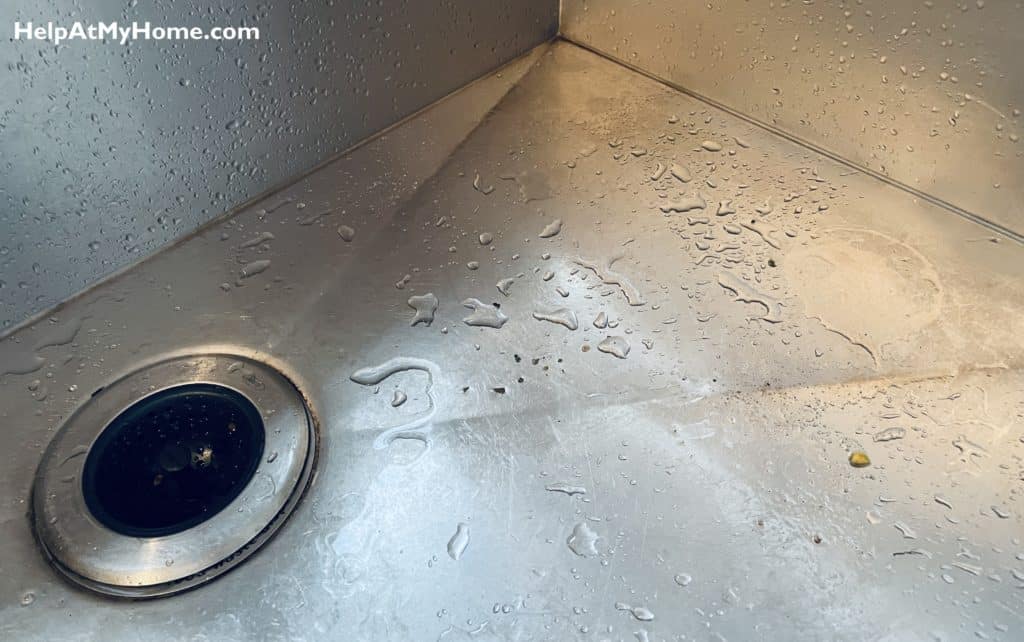
Why It Matters
 Proper house design is essential for maintaining a functional and comfortable living space. One often overlooked aspect of house design is the placement and design of the kitchen sink. The bottom of the kitchen sink getting wet may seem like a minor issue, but it can actually have significant consequences on the overall design and functionality of the kitchen.
Featured Keywords: proper house design, functional, comfortable living space, kitchen sink, consequences, design, functionality, kitchen
Proper house design is essential for maintaining a functional and comfortable living space. One often overlooked aspect of house design is the placement and design of the kitchen sink. The bottom of the kitchen sink getting wet may seem like a minor issue, but it can actually have significant consequences on the overall design and functionality of the kitchen.
Featured Keywords: proper house design, functional, comfortable living space, kitchen sink, consequences, design, functionality, kitchen
The Consequences of a Wet Sink Bottom
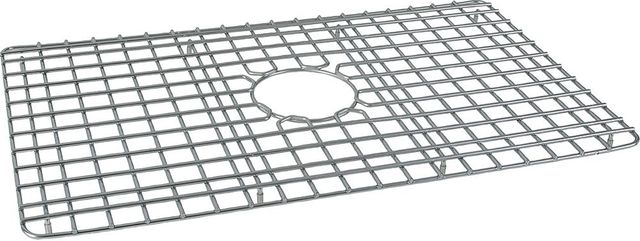 When the bottom of the kitchen sink gets wet, it can create a breeding ground for bacteria and mold. This can not only lead to unpleasant odors and health hazards, but it can also damage the structure of the sink and surrounding cabinets. In addition, a wet sink bottom can also lead to water damage and staining on the kitchen floor. This can be especially problematic if the sink is located near hardwood or other water-sensitive flooring materials.
Featured Keywords: wet sink bottom, bacteria, mold, unpleasant odors, health hazards, damage, structure, cabinets, water damage, staining, kitchen floor, hardwood, water-sensitive flooring materials
When the bottom of the kitchen sink gets wet, it can create a breeding ground for bacteria and mold. This can not only lead to unpleasant odors and health hazards, but it can also damage the structure of the sink and surrounding cabinets. In addition, a wet sink bottom can also lead to water damage and staining on the kitchen floor. This can be especially problematic if the sink is located near hardwood or other water-sensitive flooring materials.
Featured Keywords: wet sink bottom, bacteria, mold, unpleasant odors, health hazards, damage, structure, cabinets, water damage, staining, kitchen floor, hardwood, water-sensitive flooring materials
The Solution: Proper Sink Design
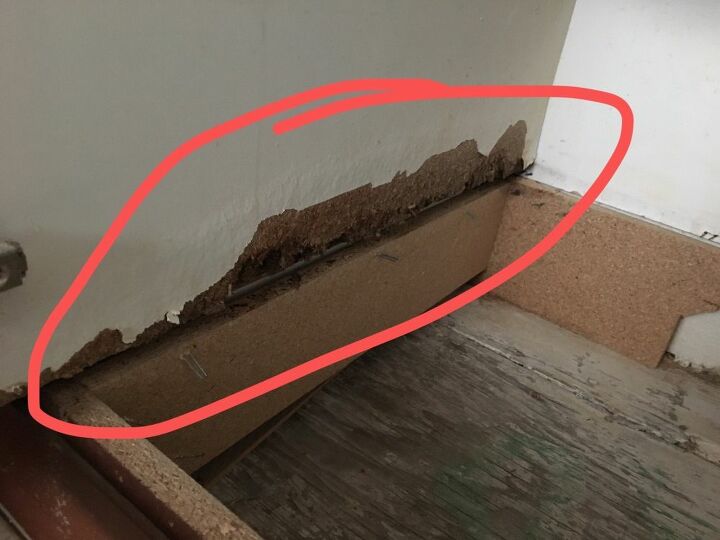 To prevent the bottom of the kitchen sink from getting wet, it is crucial to have a well-designed sink and surrounding area. This includes proper drainage, a waterproof seal around the sink, and adequate space for drying dishes and other kitchen tasks. A professional kitchen designer can help create a functional and aesthetically pleasing sink area that addresses these concerns.
Featured Keywords: proper sink design, well-designed, drainage, waterproof seal, adequate space, drying dishes, kitchen tasks, professional kitchen designer, functional, aesthetically pleasing, sink area
To prevent the bottom of the kitchen sink from getting wet, it is crucial to have a well-designed sink and surrounding area. This includes proper drainage, a waterproof seal around the sink, and adequate space for drying dishes and other kitchen tasks. A professional kitchen designer can help create a functional and aesthetically pleasing sink area that addresses these concerns.
Featured Keywords: proper sink design, well-designed, drainage, waterproof seal, adequate space, drying dishes, kitchen tasks, professional kitchen designer, functional, aesthetically pleasing, sink area
Conclusion
 In conclusion, proper house design is crucial for maintaining a functional and comfortable living space. The placement and design of the kitchen sink, including keeping the bottom dry, is an important aspect of this. By addressing this issue through proper sink design, homeowners can avoid potential health hazards and costly damage to their kitchen. So, if you notice a wet bottom in your kitchen sink, it may be time to consider a redesign for the sake of your home and your family's well-being.
Featured Keywords: proper house design, functional, comfortable living space, kitchen sink, design, bottom, health hazards, damage, redesign, home, family, well-being
In conclusion, proper house design is crucial for maintaining a functional and comfortable living space. The placement and design of the kitchen sink, including keeping the bottom dry, is an important aspect of this. By addressing this issue through proper sink design, homeowners can avoid potential health hazards and costly damage to their kitchen. So, if you notice a wet bottom in your kitchen sink, it may be time to consider a redesign for the sake of your home and your family's well-being.
Featured Keywords: proper house design, functional, comfortable living space, kitchen sink, design, bottom, health hazards, damage, redesign, home, family, well-being













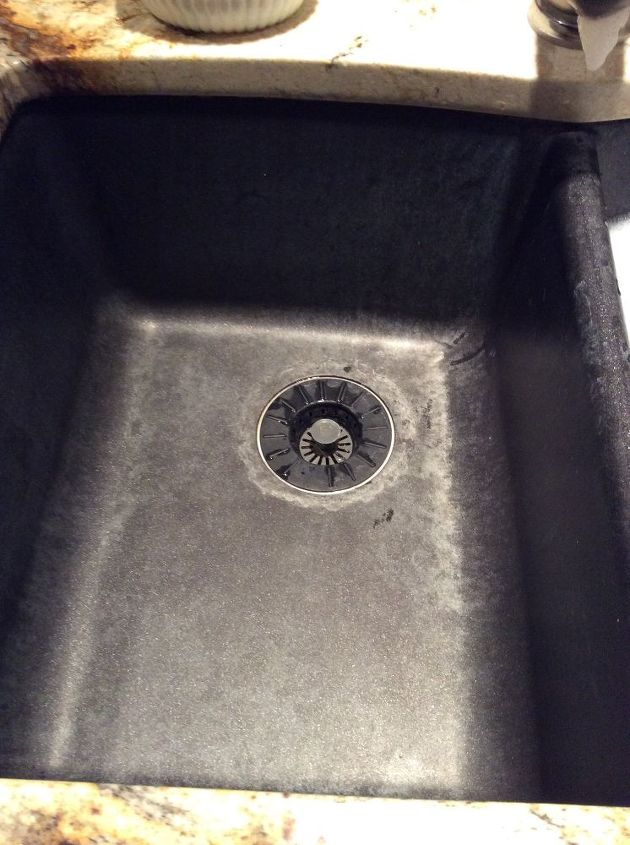

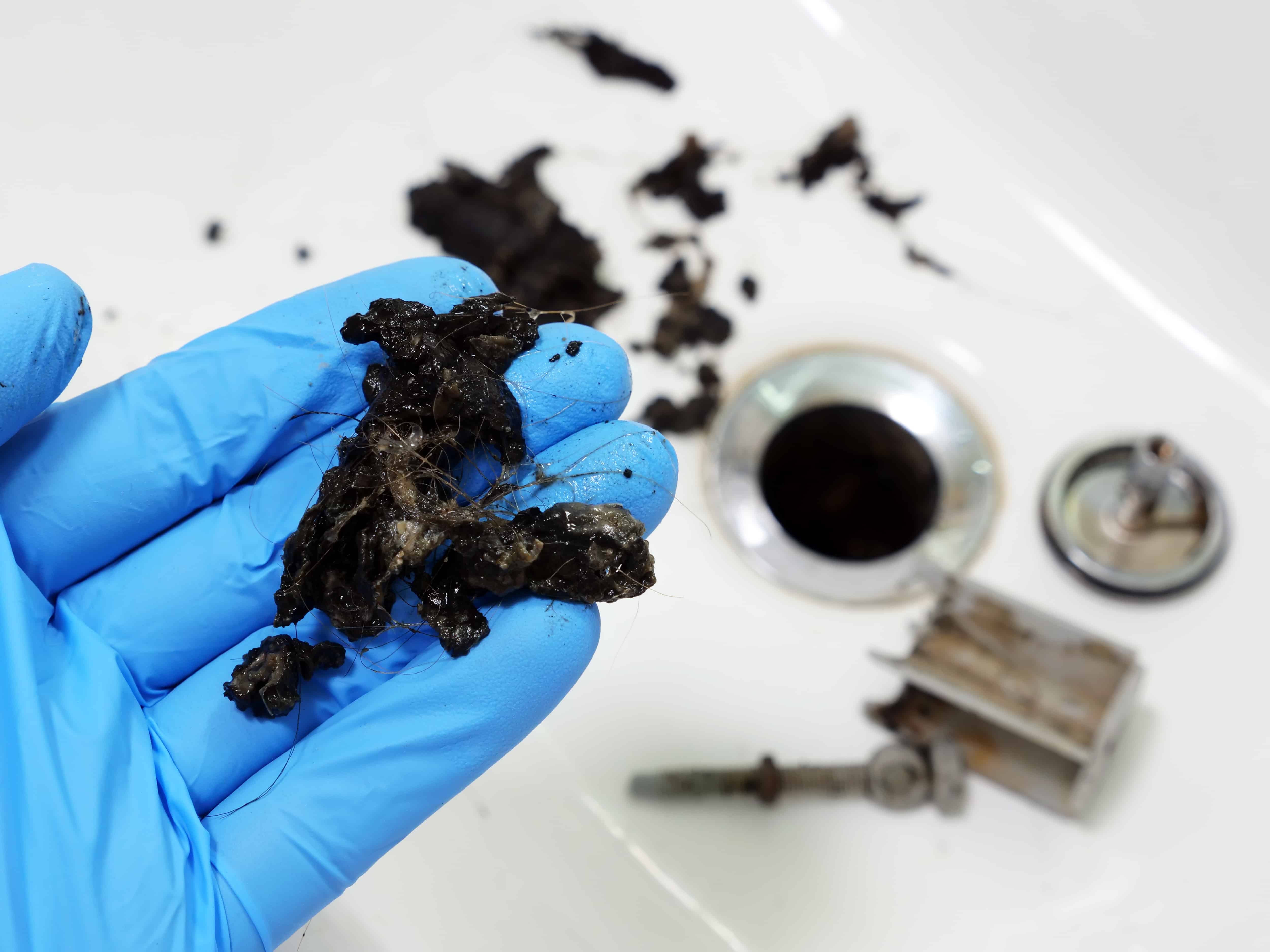










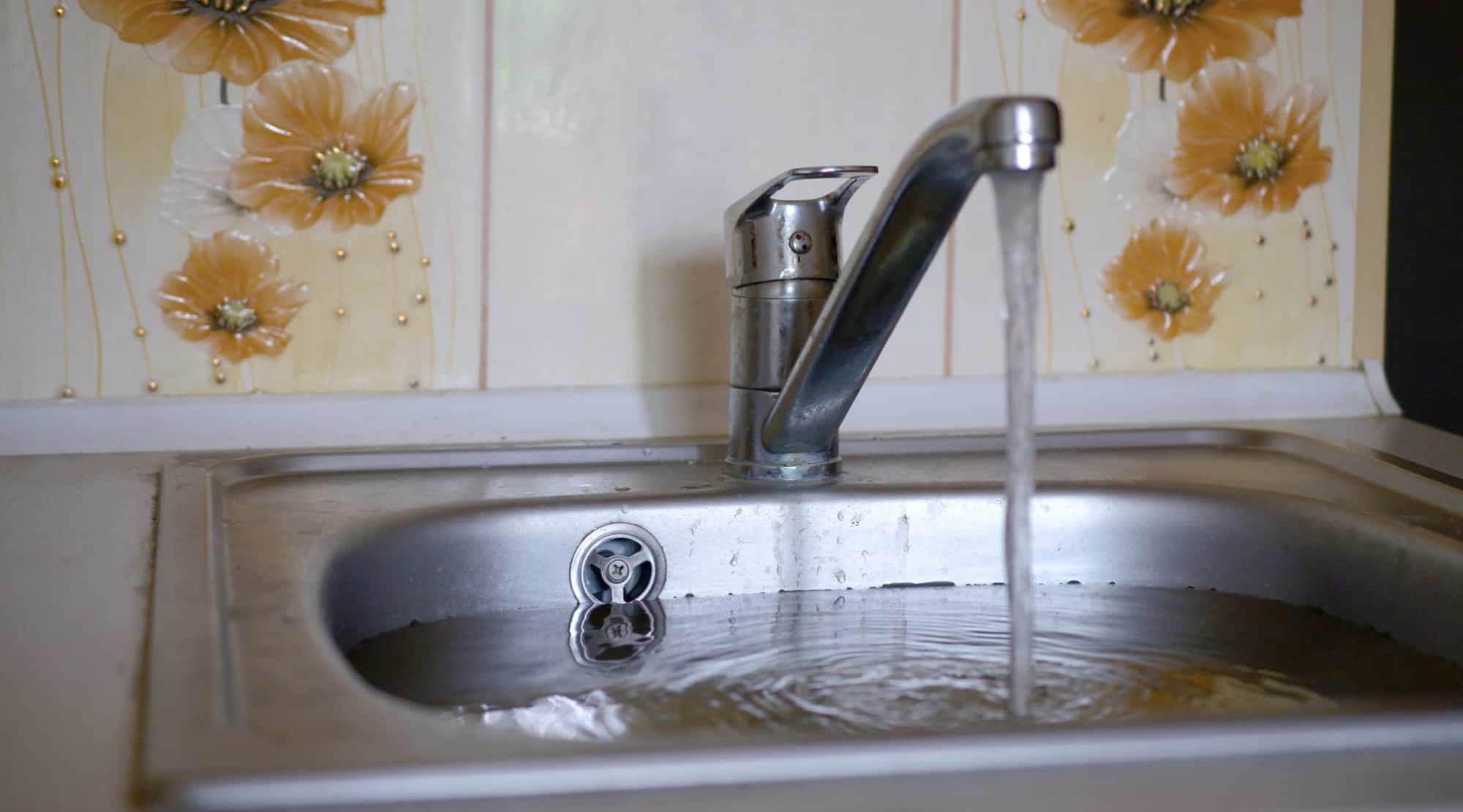
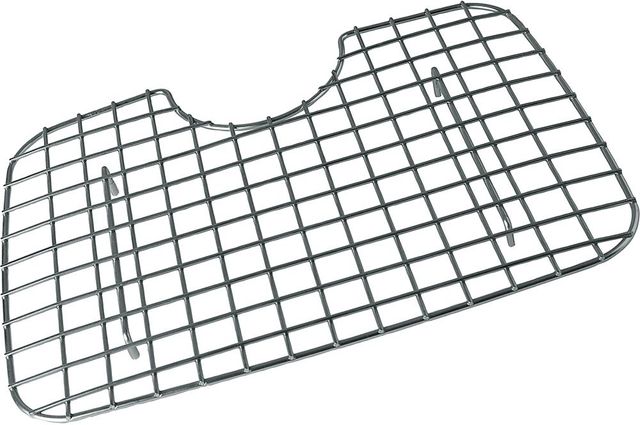


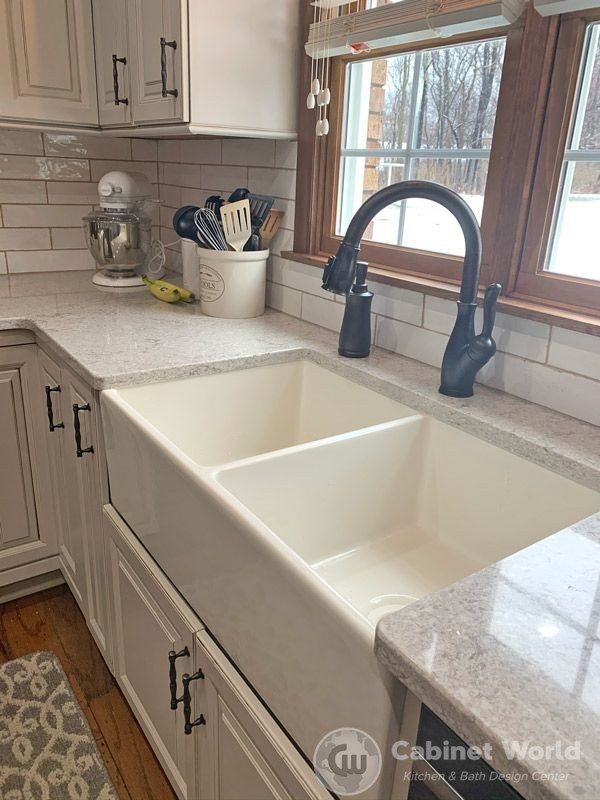

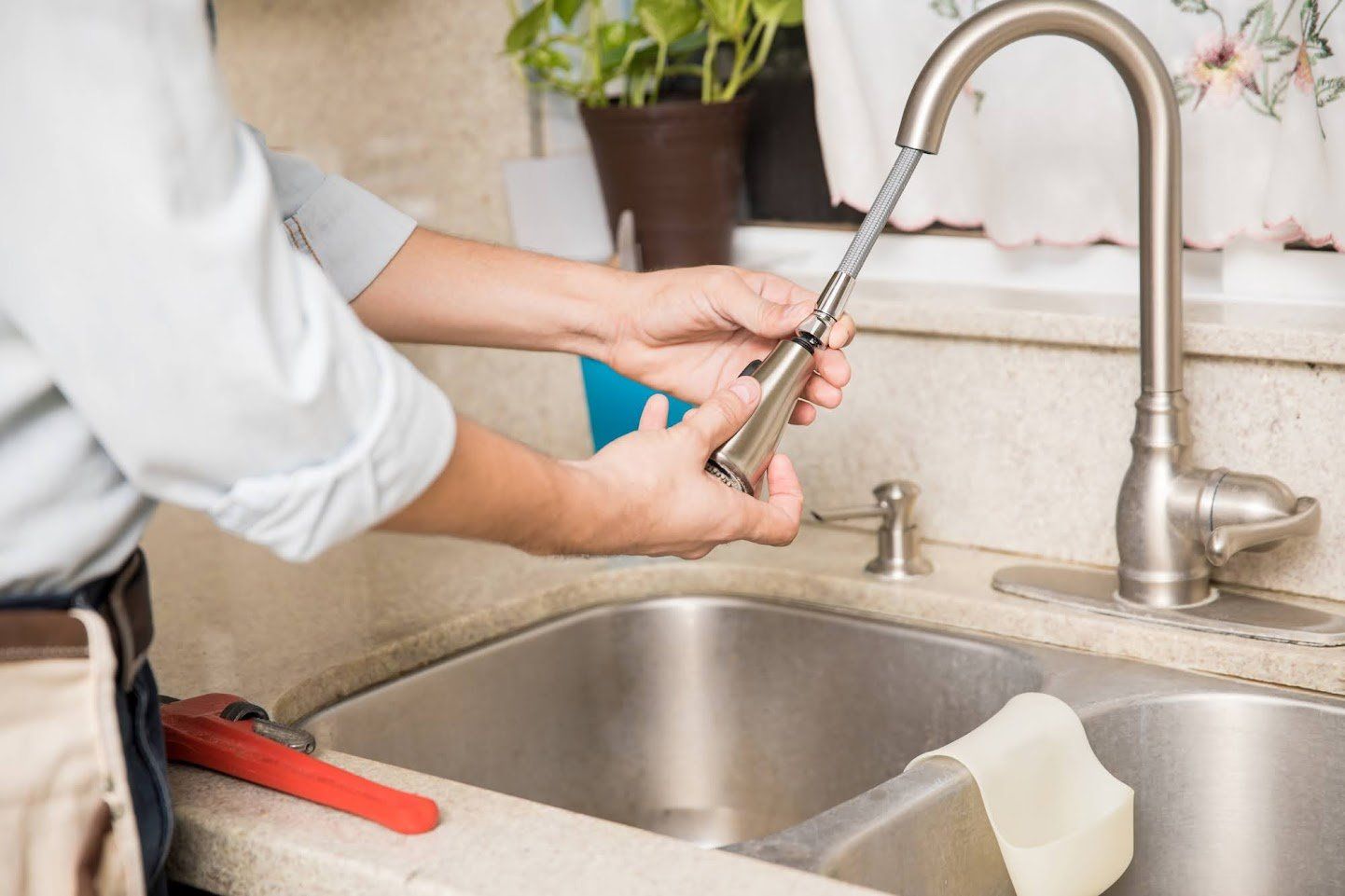
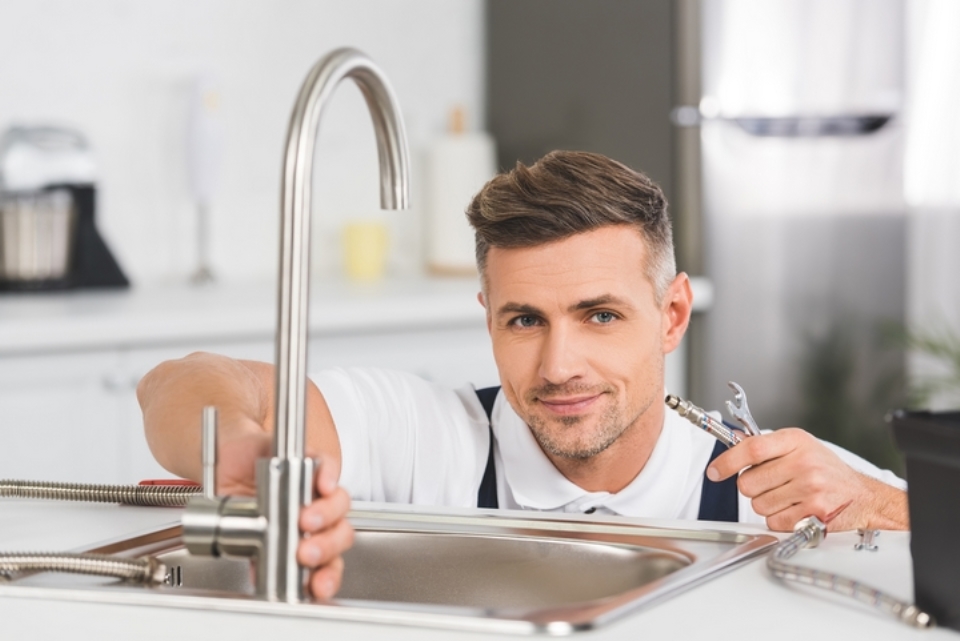

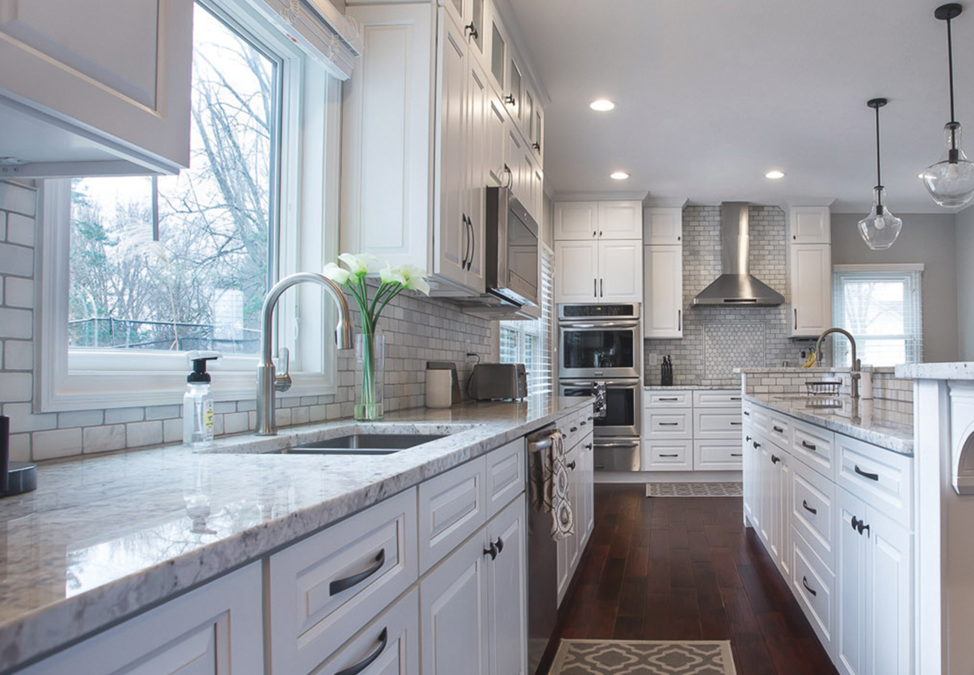
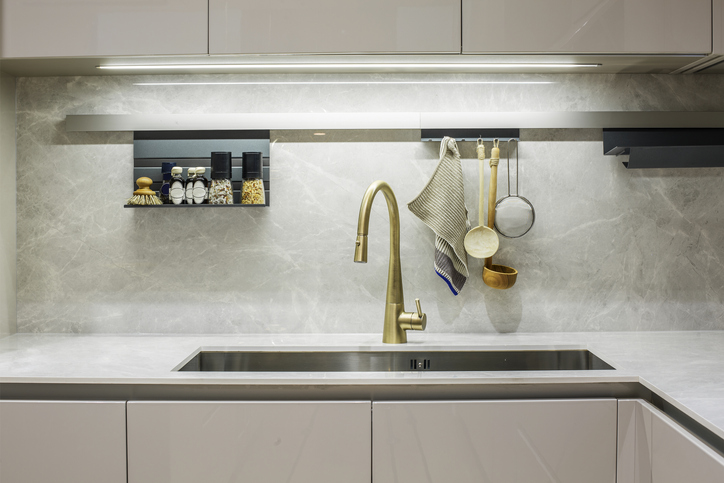





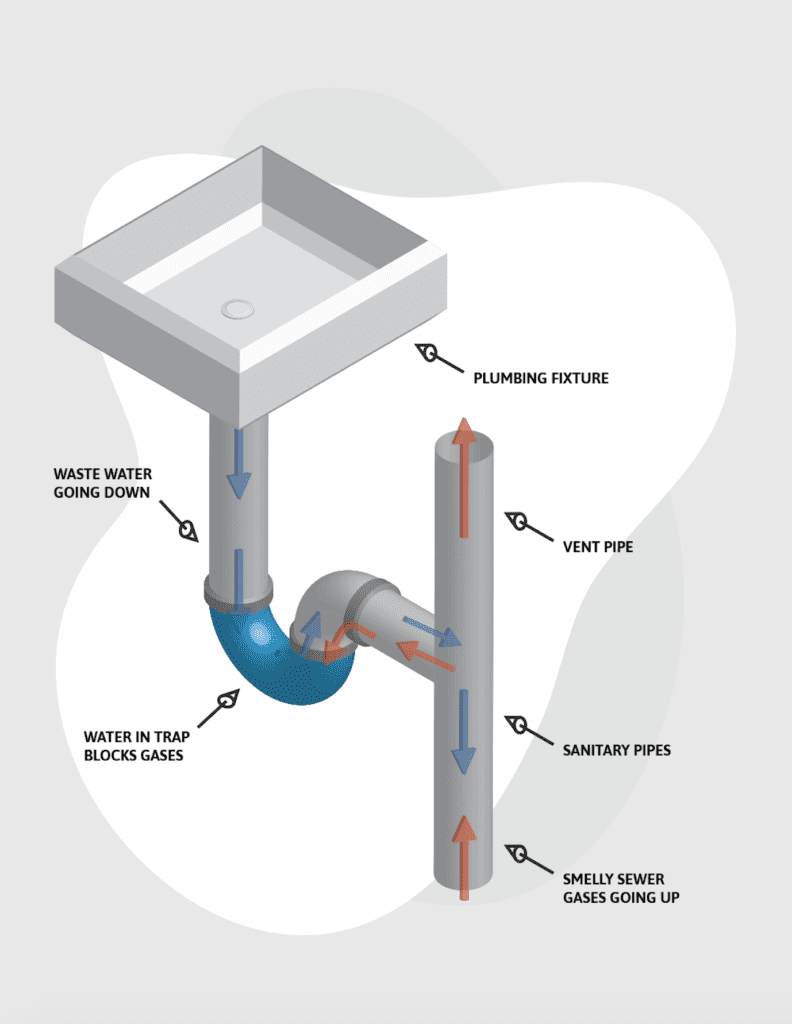


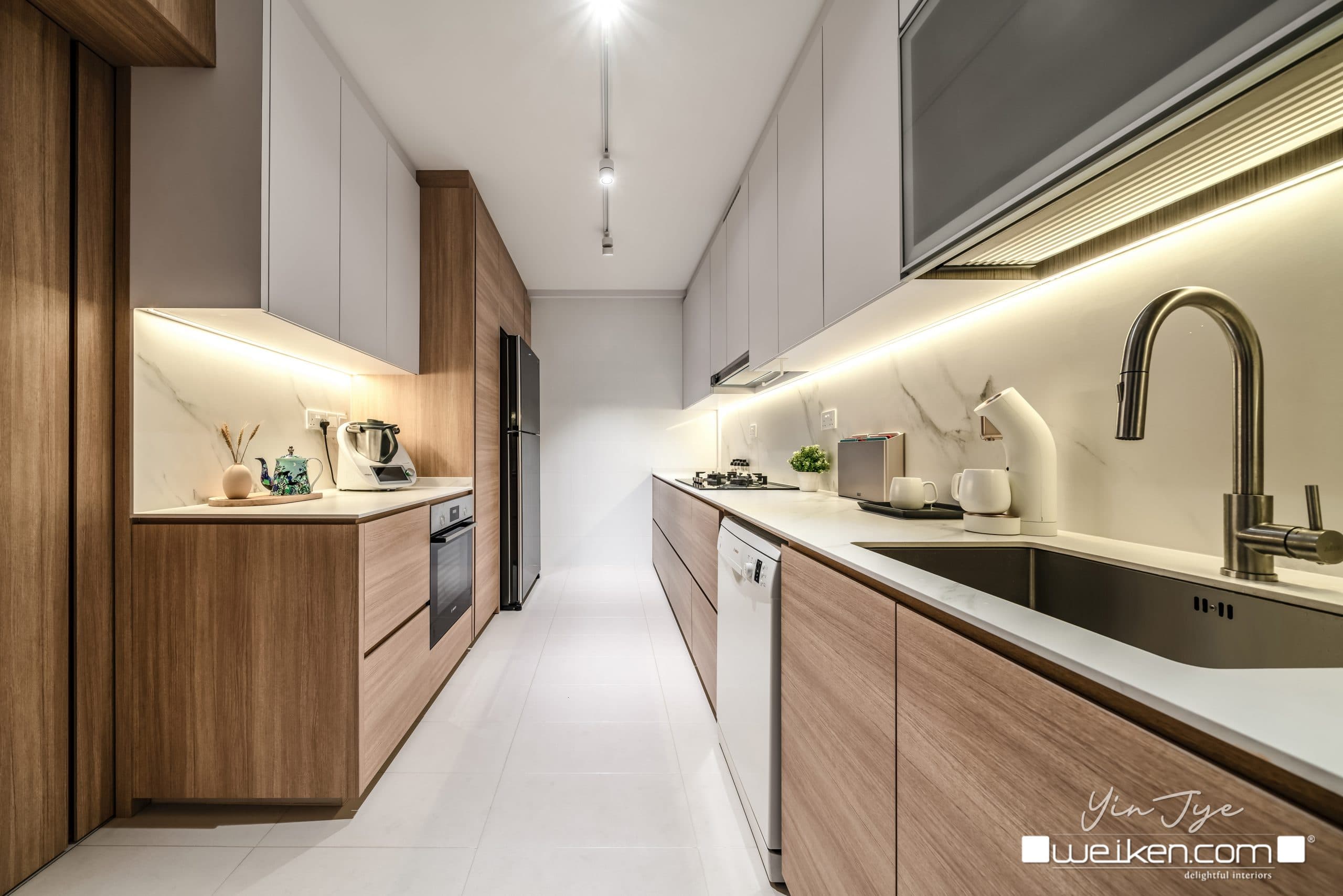
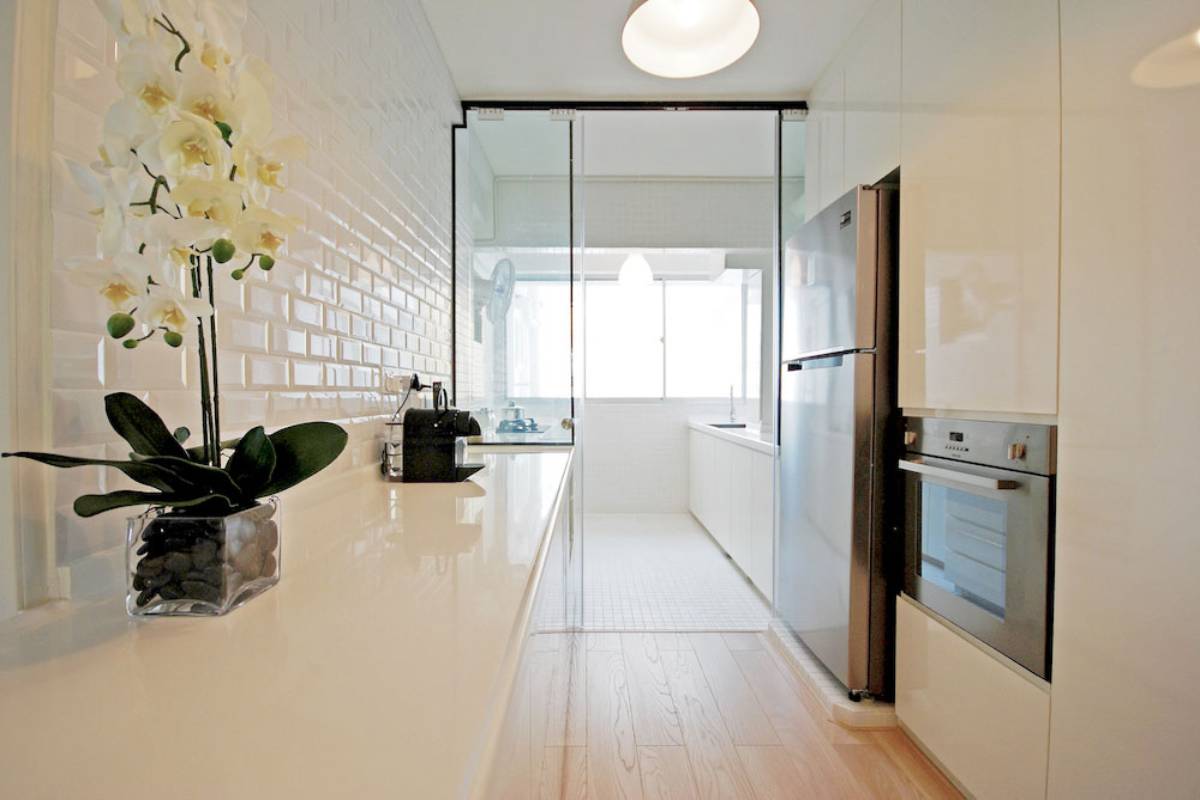
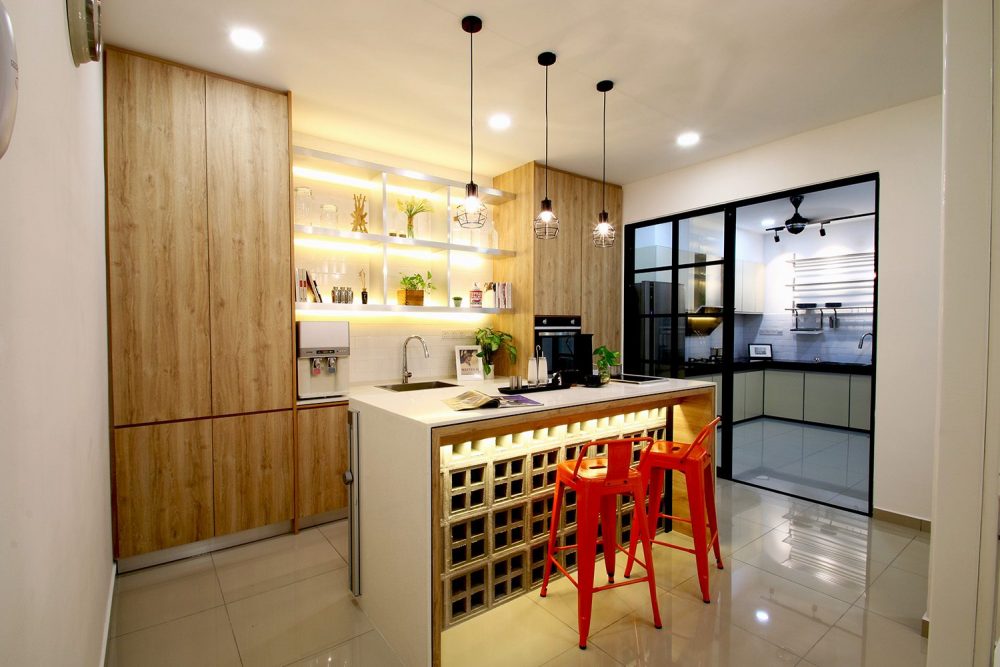
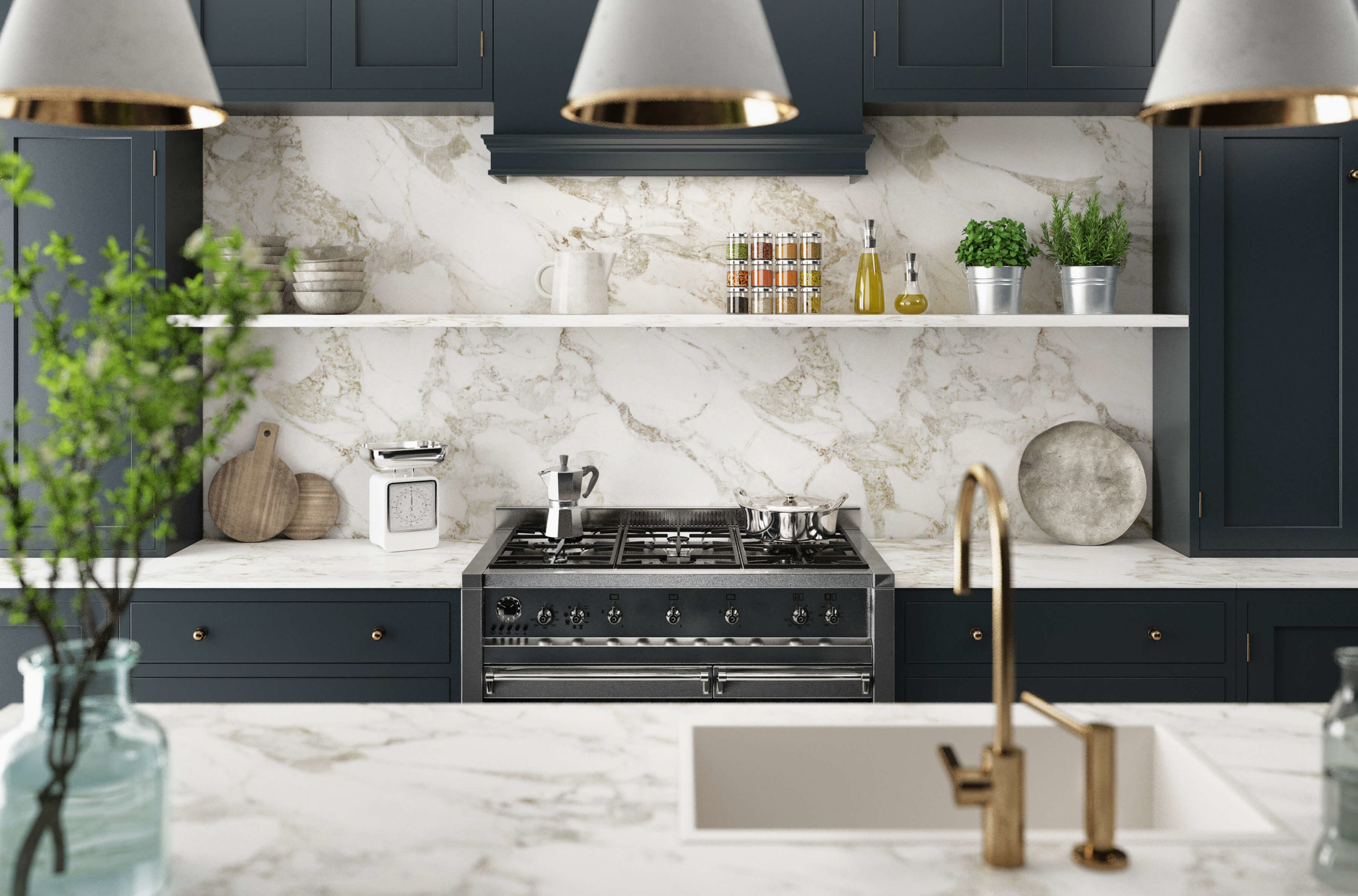
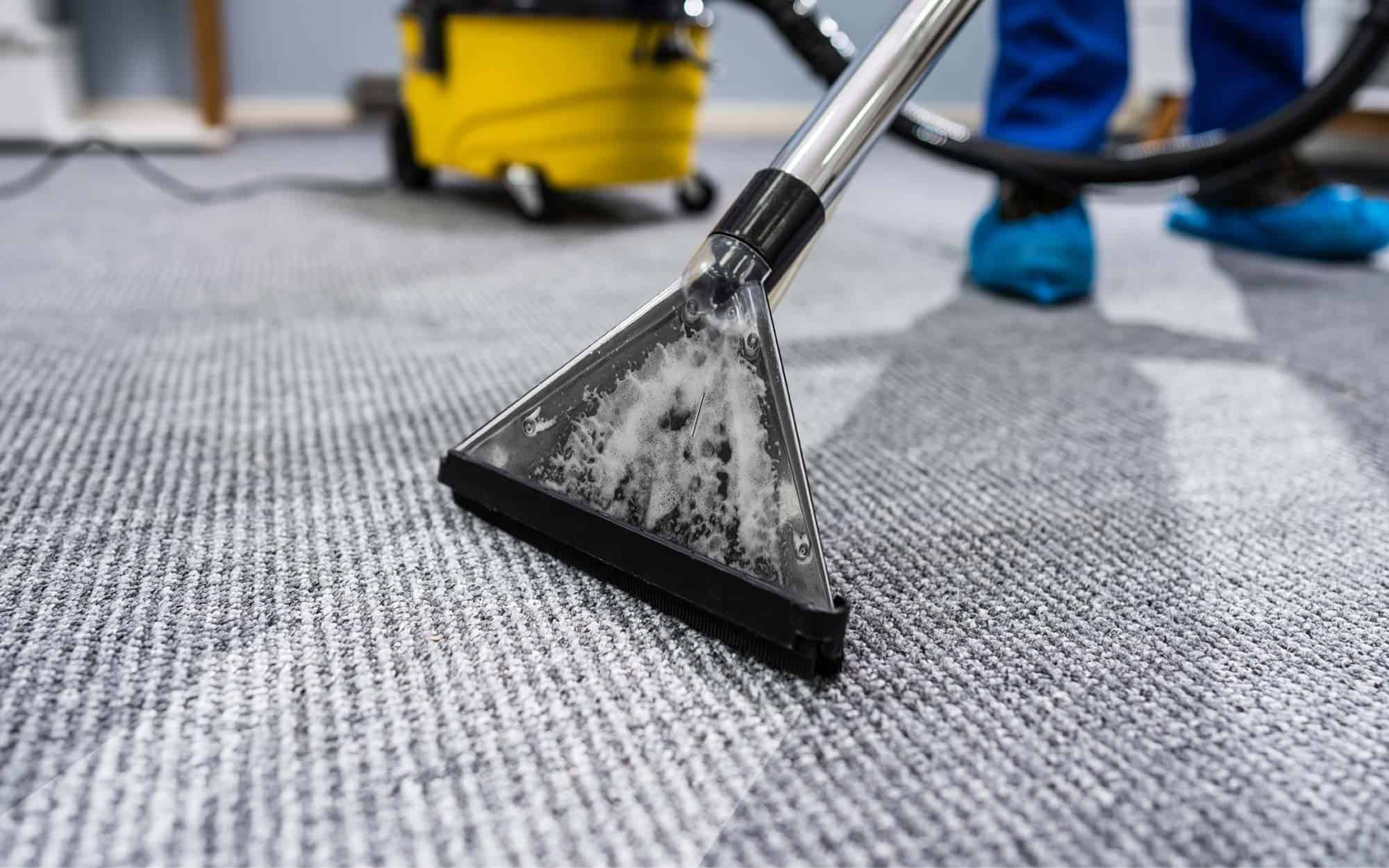




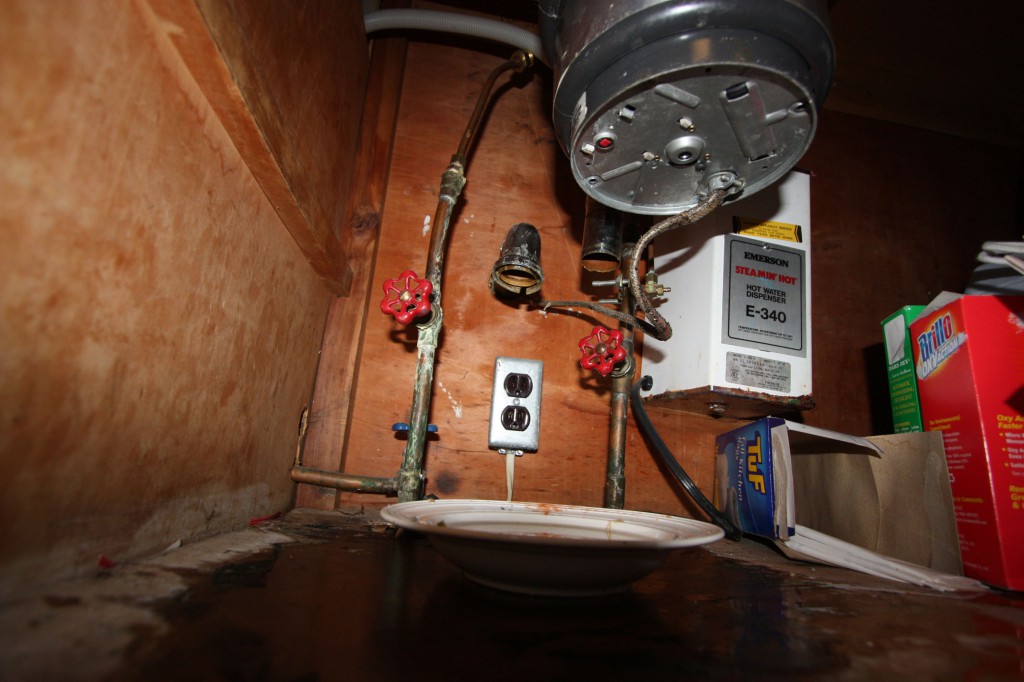






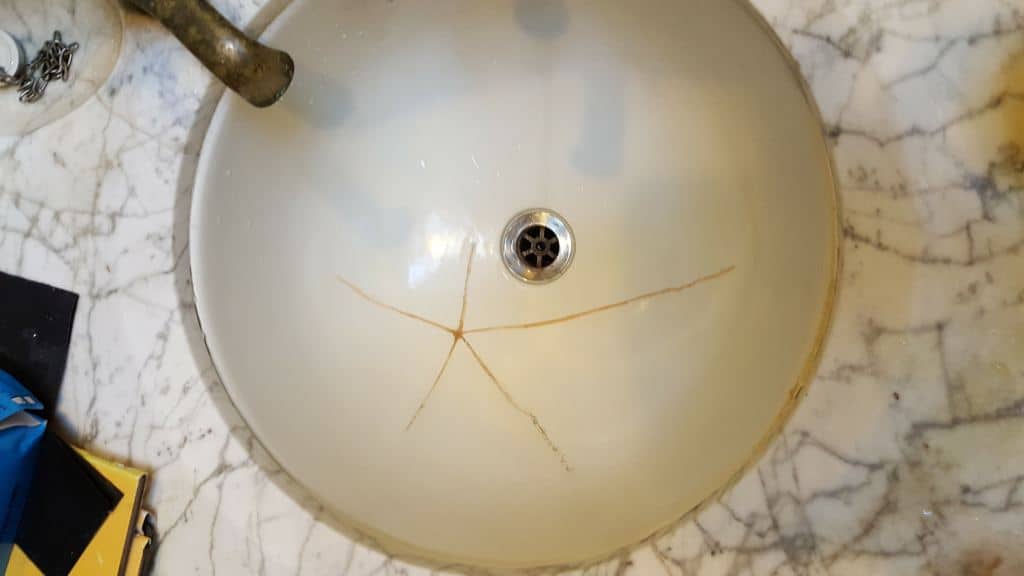











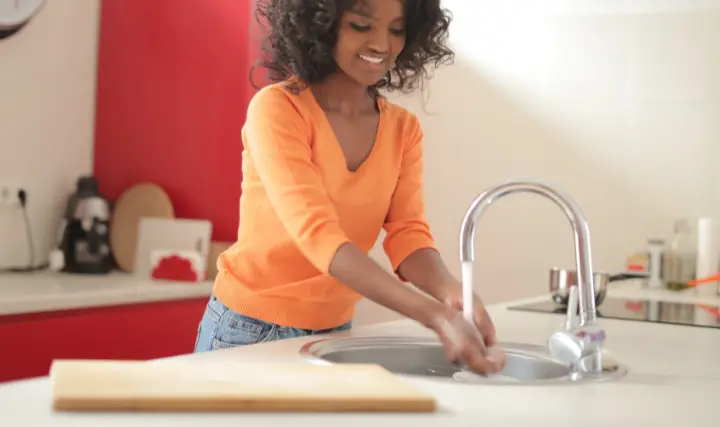



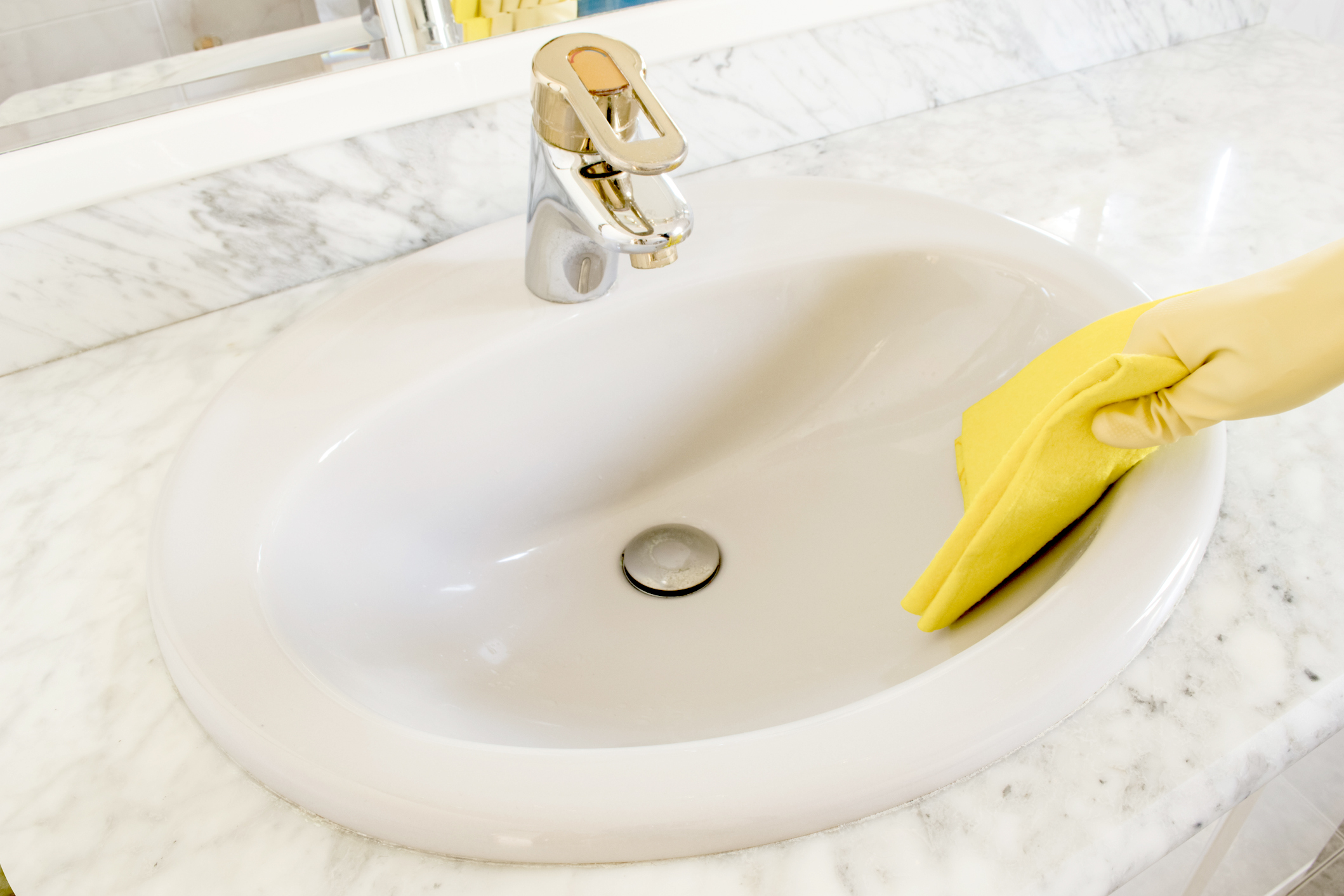

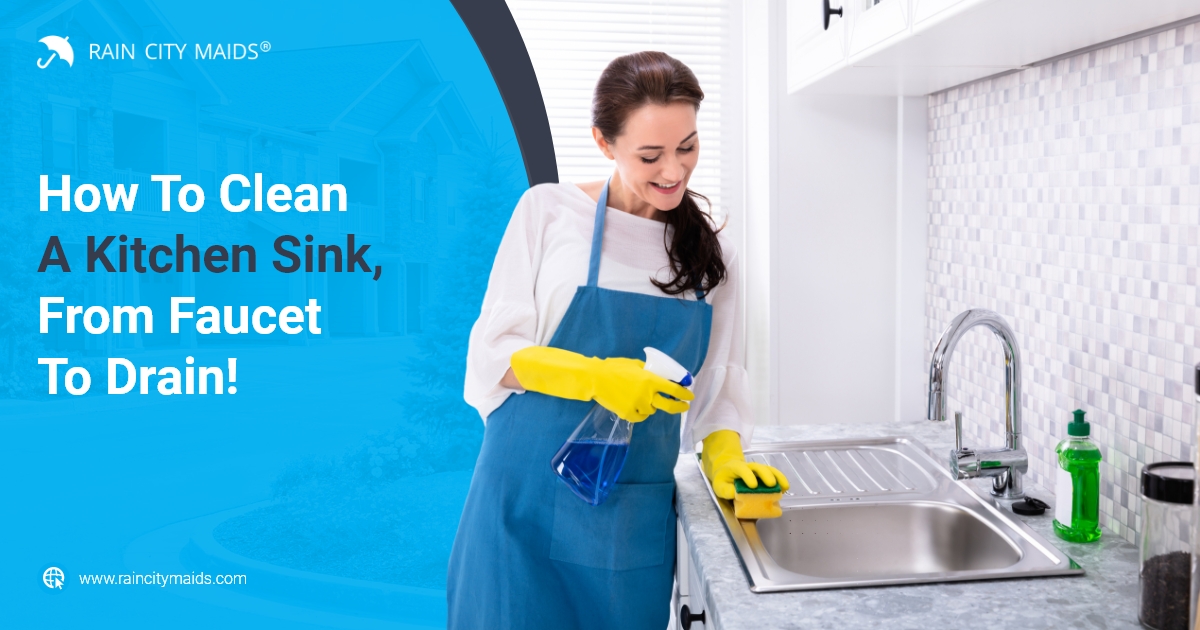
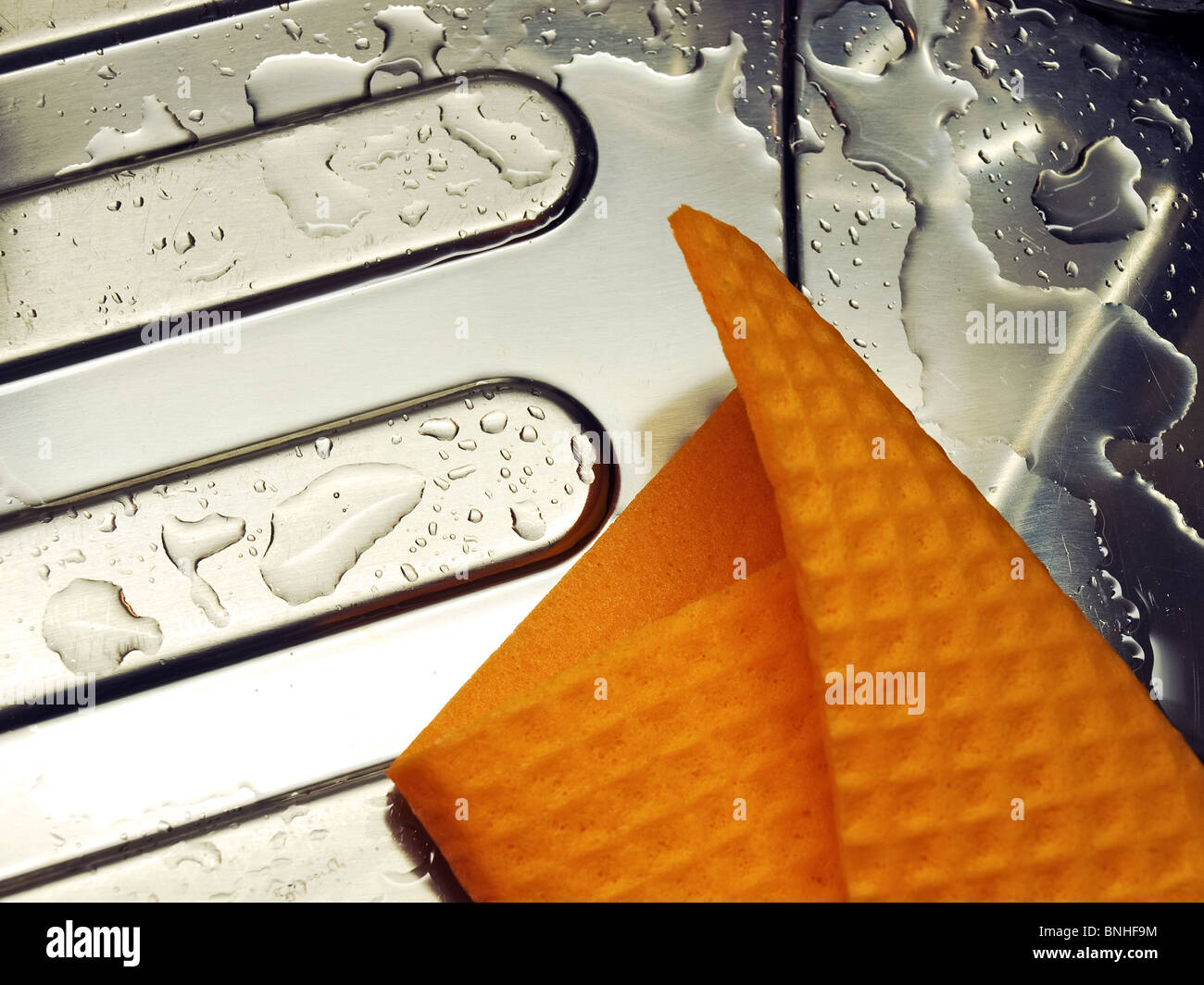
:strip_icc()/how-to-clean-a-bathroom-sink-drain-01-c728294c8bee42428afdf3e69f449279.jpg)
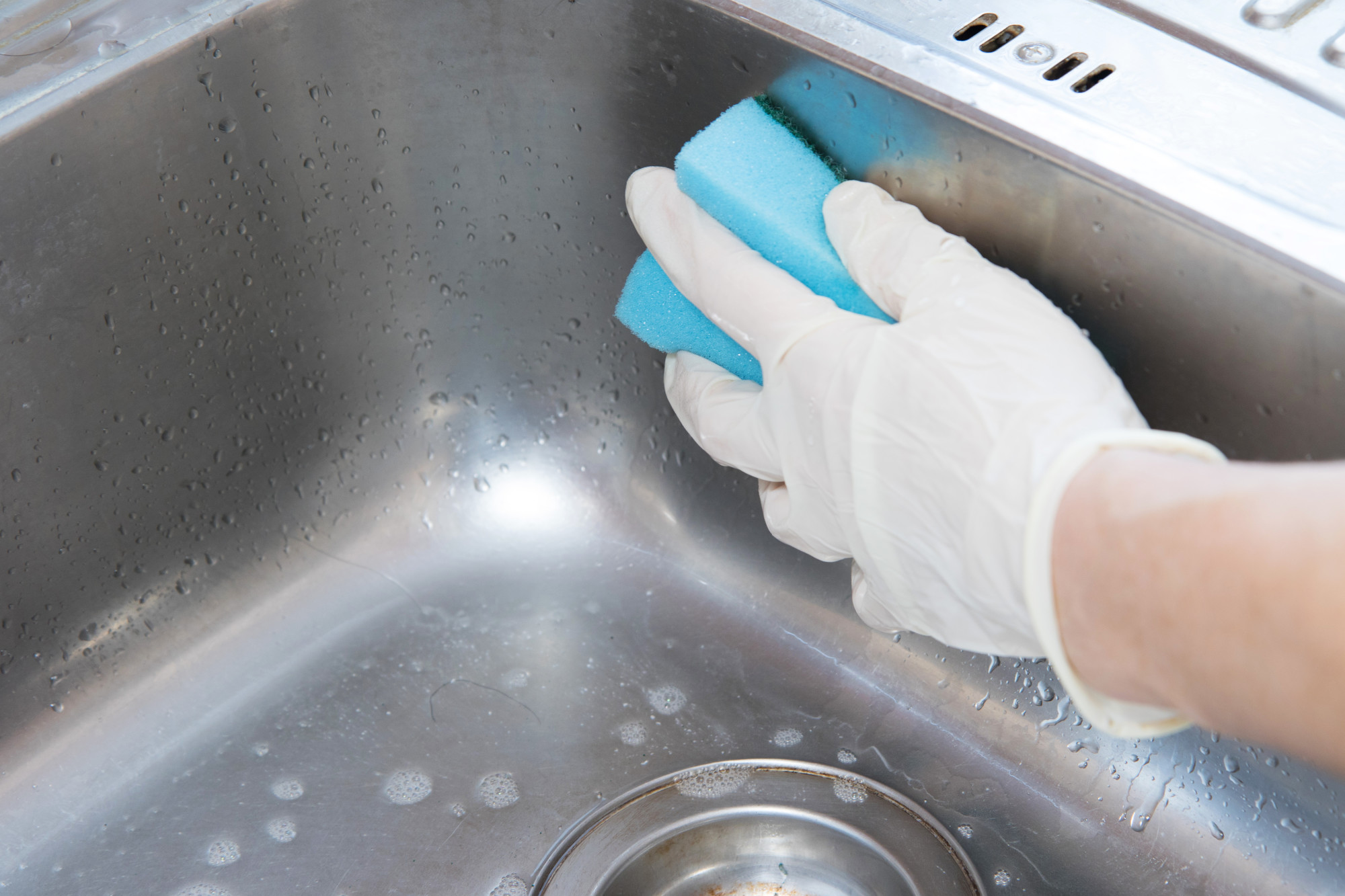





_.jpg)





